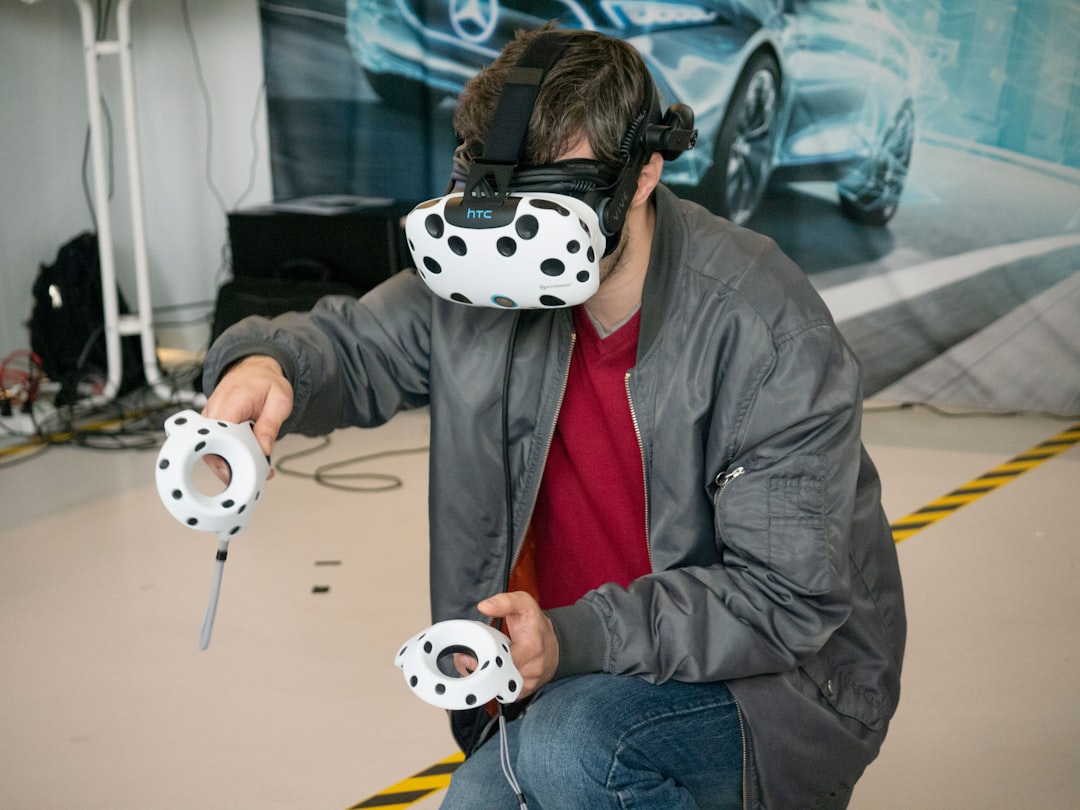
Enhancing Performance with Real-Time Data Visualization Insights
In today’s fast-paced digital landscape, the ability to harness real-time data visualization can significantly enhance performance across various sectors, including business, healthcare, and technology. Real-time data visualization transforms complex data sets into intuitive graphics, enabling organizations to make informed decisions swiftly.
What is Real-Time Data Visualization?
Real-time data visualization involves the immediate representation of data as it is collected. This process allows users to see current trends, monitor system performance, and identify anomalies instantly. By utilizing tools and technologies that support real-time analytics, businesses can gain insights that lead to improved operational efficiency and enhanced decision-making.
The Importance of Real-Time Insights
Real-time data visualization plays a crucial role in several areas:
- Enhanced Decision-Making: Access to current data allows teams to make informed decisions without delays.
- Predictive Analytics: Organizations can anticipate trends and prepare for future demands by visualizing data in real-time.
- Operational Efficiency: By monitoring processes live, businesses can quickly identify bottlenecks and optimize workflows.
- Improved Customer Experience: Real-time insights into customer behavior enable companies to tailor their services and improve satisfaction.
Current Developments in Real-Time Data Visualization
The Rise of AI and Machine Learning
Artificial Intelligence (AI) and Machine Learning (ML) are becoming increasingly integrated with real-time data visualization tools. These technologies analyze data patterns and predict outcomes, allowing organizations to visualize potential scenarios. For instance, companies like Salesforce and Tableau are incorporating AI capabilities into their platforms, enabling users to derive deeper insights from their data.
Cloud-Based Visualization Tools
The shift to cloud computing has significantly impacted data visualization. Tools like Google Data Studio, Microsoft Power BI, and Looker offer cloud-based solutions that allow teams to collaborate and share insights seamlessly. These platforms enable real-time updates, ensuring all users have access to the latest information regardless of their location.
Internet of Things (IoT) Integration
The Internet of Things (IoT) is another driving force behind the growth of real-time data visualization. With devices generating vast amounts of data, organizations can use visualization tools to manage and analyze this information effectively. For instance, smart cities utilize real-time data visualization to monitor traffic patterns, energy consumption, and public safety measures.
Practical Applications of Real-Time Data Visualization
Case Study: Healthcare Analytics
In the healthcare sector, real-time data visualization is revolutionizing patient care. Hospitals are leveraging dashboards that provide real-time information on patient vitals, treatment progress, and resource allocation. For example, the use of platforms like Qlik and Tableau allows healthcare professionals to track patient data live, leading to quicker interventions and improved outcomes.
Business Intelligence
In the business realm, companies are employing real-time visualization to monitor sales performance and customer interactions. Retailers can track inventory levels and sales trends as they happen, enabling them to make adjustments to marketing strategies on the fly. For instance, Starbucks uses real-time analytics to optimize product offerings based on customer preferences observed through their mobile app.
Expert Insights
According to Dr. Jane Smith, a data visualization expert, “Real-time data visualization is not just about displaying data; it’s about transforming that data into actionable insights. Organizations that embrace this technology can stay ahead of the competition.”
Tools and Resources for Real-Time Data Visualization
To enhance your understanding and implementation of real-time data visualization, consider exploring these resources:
- Tableau – A leading data visualization tool that supports real-time analytics.
- Power BI – Microsoft’s business analytics service providing interactive visualizations.
- Google Data Studio – A free tool for creating customizable reports and dashboards.
Conclusion
Enhancing performance through real-time data visualization is no longer a luxury but a necessity in today’s data-driven world. By leveraging the latest tools and technologies, organizations can gain insights that propel them toward success. Whether you are in healthcare, retail, or any other sector, embracing real-time visualization can lead to improved operational efficiency, better decision-making, and ultimately, enhanced performance.
For those looking to dive deeper into real-time data visualization, consider subscribing to industry newsletters or exploring online courses. Share this article with colleagues or on social media to spread the insights further!
Glossary of Terms
- Data Visualization: The graphical representation of information and data.
- Real-Time Analytics: The use of data and related resources as soon as the data is available.
- IoT: The network of physical devices connected to the internet, collecting and sharing data.
By understanding and applying real-time data visualization, you are well on your way to unlocking the full potential of your data.


